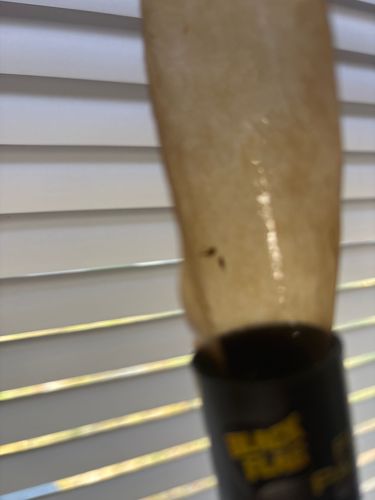Fruit Fly
Scientific Name: Drosophila melanogaster (common species), or other species within the Drosophilidae family
Order & Family: Order: Diptera, Family: Drosophilidae
Size: Approximately 2-4 mm (1/8 to 1/6 inch) in length.

Natural Habitat
Commonly found in kitchens, pantries, and anywhere ripe or decaying fruits/vegetables are present. They can also breed in drains, garbage disposals, recycling bins, and mop buckets if organic residue is present.
Diet & Feeding
Mainly yeasts and bacteria found in fermenting sugars of ripe, rotting, or decaying fruits and vegetables. They can also be attracted to sugary drinks, spilled food, and other organic residues.
Behavior Patterns
Fruit flies are attracted to ripe, fermenting, or rotting fruits and vegetables, as well as other decaying organic matter. They lay their eggs on these surfaces, and larvae feed on the yeast and bacteria present in the decaying material. They have a rapid life cycle, often completing a generation in about 7-10 days under ideal conditions. They are most active during warmer months.
Risks & Benefits
Potential risks include being a nuisance, contaminating food with their larvae and waste products, and potentially transferring bacteria or other pathogens from decaying matter to food surfaces, although they are not generally considered a major public health pest. They are beneficial in scientific research, particularly in genetics and developmental biology, due to their short life cycle and ease of breeding.
Identified on: 8/31/2025